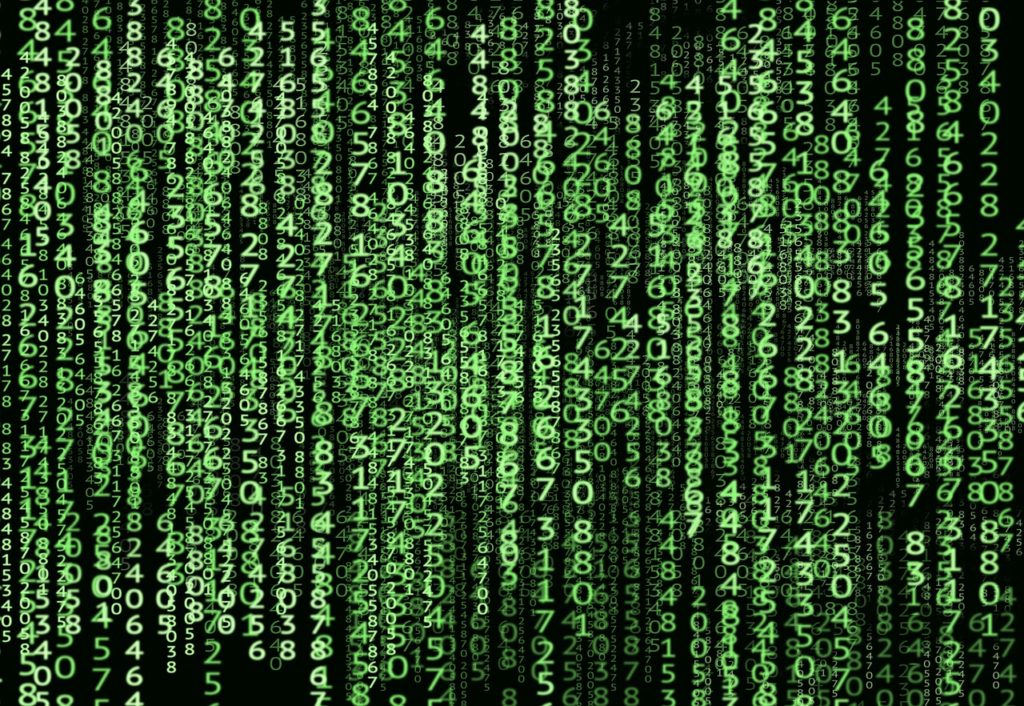There are at least twenty-three devices in our home that keep track of what we do. I say “at least” because there may be others I’m not aware of. It’s not unreasonable to think that anything I buy at this point – and definitely anything I get for free — is sending information about me to some outside entity. A shirt I recently ordered on Amazon has an odd pattern of silver threads running through the fabric – couldn’t this be a transmitter of some sort?
Just kidding – for now.
All of these devices have other jobs. In fact, most of them do other jobs I’ve come to depend on. For example, I don’t know what I would do without misleading weather forecasts, 17 blurry photos for every one that turned out okay, Wikipedia articles that circle the drain around subjects I had previously imagined could be exhausted in a sentence or two.
All of these devices lose their way with some regularity, giving me spinning images that suggest I contemplate the circularity of time, or rainbows, or beach balls, depending on my mood. They frequently demand upgrades that require shutting down whatever I was doing, sometimes for several minutes, sometimes for several hours, sometimes permanently. And let’s not get into the 78 passwords I have in circulation on a daily basis, some of which are “suggested” jumbles of letters, numbers and symbols I’m convinced are actually obscenities in the AI universe, “suggested” for my devices’ amusement.
So their secondary jobs are dispatched with occasional pizzazz, frequent competence and a regular dose of Not Happening. I’m fairly certain that their primary job – keeping others informed of what I am thinking and doing – is accomplished quite skillfully.
But it’s fun to imagine that the data they are sending out about me is just as mixed-up as the services they are providing in return for my attention devotion. I am consoled by the thought that service providers believe in a parallel me that loves nothing more than passing the time by tossing beach balls over shimmering rainbows.

